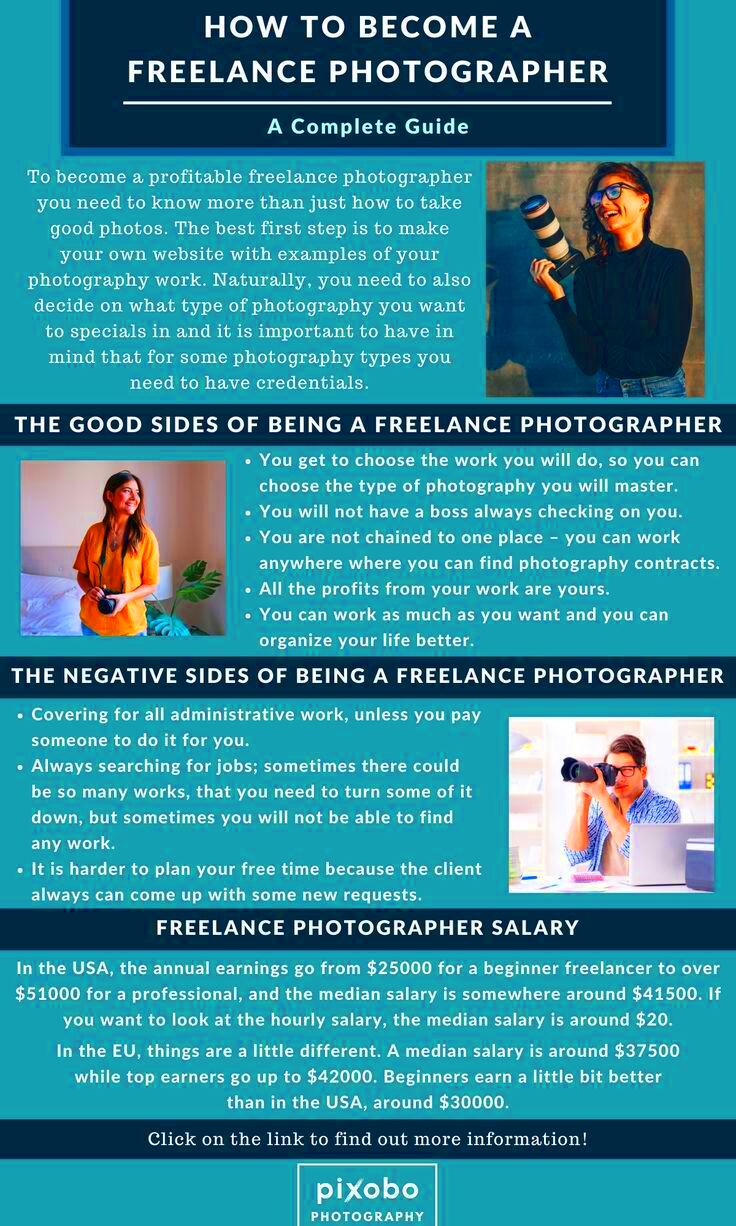Working as a photographer might sound like a gig for those who enjoy freezing moments in time. However let’s be honest it’s not just about having a camera and snapping photos. Photography is a craft, a talent and in the realm of freelancing it also involves running a business. When I embarked on this journey I was clueless about how to set prices for my services or interact with clients. The initial stages can be daunting but that’s completely normal. Every adventure begins with a few hesitant strides.
Getting a grasp of the fundamentals involves being well acquainted with your camera, honing your skills in shot composition and discovering the niche that resonates with you the most. Do you find joy in capturing portraits or does showcasing products ignite your creative spark? Freelancing offers you the freedom to make choices but it’s crucial to perfect the basics before establishing your own unique identity in the field.
Essential Equipment You Need to Get Started

When I started out as a photographer I believed that having the camera and lenses was crucial for success. Spoiler alert I was mistaken. While equipment does play a role it’s even more important to make the most of what you already possess. Your initial gear doesn’t need to be of quality but it should be dependable.
Here’s what you’ll need:
- Camera: Whether it’s a DSLR or mirrorless, choose one you’re comfortable with. A good mid-range option works for most beginners.
- Lenses: A 50mm lens is versatile and a good place to start. You’ll also want a zoom lens for flexibility.
- Tripod: Stability is key for sharp images, especially in low-light settings.
- Editing Software: Adobe Lightroom and Photoshop are popular choices for editing and post-processing.
- Backup Storage: Invest in an external hard drive or cloud storage for your files. Trust me, losing photos is a nightmare you don’t want to experience.
Its perfectly fine to begin on a smaller scale. The appropriate equipment will come along eventually. However the key is to maximize the potential of whatever you have at hand.
Also Read This: How to Build a Website Like Fiverr
Building Your Photography Portfolio

When you’re starting out one of the challenges is putting together a portfolio and let me tell you it can be tough but also very fulfilling. A portfolio goes beyond showcasing your best photos; it’s a way to demonstrate your unique style, abilities and adaptability to potential clients. When I created my portfolio I hadn’t yet landed any paid jobs so I began by taking pictures of friends, family and even my pets. Don’t hesitate to do some free shoots initially; it’s like investing, in your own growth.
Your portfolio should reflect the type of work you want to attract. If you’re aiming for wedding photography, make sure to include shots of couples or events. Want to focus on product photography? Showcase those skills. The key is to curate your portfolio thoughtfully.
Some tips for building a standout portfolio:
- Quality over quantity: It’s better to have 10 excellent shots than 50 mediocre ones.
- Be consistent: Make sure your style and tone are consistent across all images.
- Use a website: Having an online presence with a portfolio site gives you more professional credibility.
- Update regularly: As you grow, so should your portfolio. Keep adding new, improved shots to show how your skills have evolved.
Keep in mind that creating a portfolio requires patience, but each picture you capture brings you closer to your desired career path.
Also Read This: How Many Gigs Can We Create on Fiverr?
Finding Clients as a Freelance Photographer

Acquiring clients can prove to be a hurdle in the world of freelance photography. I recall when I embarked on this journey feeling as though I was voicing my work to no one in particular—my stunning images seemed to go unnoticed by those who could benefit from them. However, it’s important not to get discouraged. The process of finding clients is more like a marathon, than a dash.
Leverage your current connections. Friends, relatives and acquaintances may be in search of a photographer or may know someone who is. I secured my initial jobs by casually informing people about my availability. Additionally social media serves as a tool. Platforms such as Instagram and Facebook allow you to showcase your portfolio to a wide audience. Consider joining community photography groups or online forums to network with potential clients.
To help you in your search for clients here are some actionable steps you can take.
- Build an Online Presence: Create a professional website and keep it updated with your latest work. Make sure to include contact information and client testimonials.
- Network Locally: Attend local events, fairs, and exhibitions. Sometimes, the best clients are just a conversation away.
- Offer Free Sessions: Consider offering a free shoot to build your portfolio and gain referrals. It might sound counterintuitive, but it can pay off in the long run.
- Use Freelance Platforms: Websites like Fiverr and Upwork can be great places to find clients who are looking for photographers.
Staying determined is crucial. It may require some time but as you work with clients you'll establish a good name for yourself and move closer to your next chance.
Also Read This: What Are Briefs in Fiverr?
Setting Your Rates and Pricing Your Work
Ah pricing the aspect of freelancing that can be quite challenging. When I first began my freelance journey I often found myself questioning if I was asking for too much or too little. Finding the right balance between recognizing the worth of your work and remaining competitive is crucial. Determining your rates requires an awareness of your expenses the value you offer and prevailing market rates.
When determining your pricing strategy take into account the following elements
- Your Costs: Include all your expenses such as equipment, software, and travel. Ensure your rates cover these costs while still leaving room for profit.
- Market Rates: Research what other photographers in your area are charging. This will help you gauge where you fit in the market.
- Your Experience: As a beginner, you might charge less to attract clients. As you gain experience and build your portfolio, you can gradually increase your rates.
- Type of Work: Different types of photography may command different rates. For example, corporate shoots might pay more than personal portraits.
Consider providing packages or bundles as well. This can enhance the attractiveness of your services and give clients choices that align with their requirements. Additionally keep in mind that it's okay to modify your prices as you progress and enhance your abilities.
Also Read This: How to Become a Voice Actor on Fiverr
How to Market Yourself in the Photography Industry
In the competitive realm of photography showcasing your skills is essential. When I started out I found it challenging to stand out among the pool of skilled photographers. However I discovered that a combination of thinking and thoughtful planning helped me gain recognition. This approach could also prove beneficial for you.
Here’s how you can market yourself:
- Develop a Unique Brand: Your brand is more than just a logo. It’s your style, your voice, and how you present yourself. Make sure your branding is consistent across all platforms.
- Leverage Social Media: Use platforms like Instagram, Pinterest, and Facebook to share your work. Engage with followers and use relevant hashtags to increase visibility.
- Collaborate with Others: Partner with other creatives, such as makeup artists or stylists, to broaden your reach. Collaborations can introduce you to new audiences and create stunning content.
- Utilize Content Marketing: Start a blog or YouTube channel where you share tips, tutorials, and behind-the-scenes content. It helps build your authority and attracts potential clients.
- Ask for Referrals: Happy clients are often willing to refer you to others. Don’t hesitate to ask satisfied clients for recommendations or reviews.
Marketing is a continuous journey. Continuously fine tune your strategy based on what proves effective and remain steadfast. Your distinct flair and commitment will ultimately distinguish you from the rest.
Also Read This: What SEO Freelancers Typically Earn
Maintaining Client Relationships and Securing Repeat Work
Building connections with clients is vital for photographers. I recall when I believed that simply completing the task was enough. However with time I came to understand that ensuring client satisfaction was equally crucial, if not more so. Its not solely about taking photos; its about crafting an experience that leaves them eager to return.
Here are some tips for fostering long term connections with your customers.
- Communication is Key: Regularly check in with your clients. Whether it’s about their upcoming shoot or simply a follow-up, good communication helps build trust.
- Deliver Quality Work: Always aim for the highest quality in your photos. When clients see that you’re dedicated to your craft, they’re more likely to return.
- Be Professional: Punctuality, meeting deadlines, and being polite can set you apart. Professionalism builds your reputation and encourages repeat business.
- Show Appreciation: A thank you note or a small gesture of appreciation can go a long way. It shows that you value their business and helps keep you top of mind.
- Request Feedback: Ask clients for their feedback on your work and service. This not only shows that you care about their opinion but also helps you improve.
Establishing a customer base requires patience, but through careful consideration and maintaining a standard of service you can forge enduring connections that result in repeat business and recommendations.
Also Read This: How to Easily Earn on Fiverr
FAQ
Q: How do I find my first clients as a freelance photographer?
Begin by tapping into your current connections and social media channels. Consider offering complimentary sessions at first to showcase your work and attract recommendations. Get involved in community photography clubs and utilize freelance websites to reach out to prospective customers.
Q: What should I charge for my photography services?
When it comes to setting your rates take into account your expenses prevailing market rates and the nature of your work. Look into what fellow photographers in your region are charging and make adjustments to your own rates accordingly. Beginning with lower rates can be an effective strategy to draw in clients at first but be sure to revise your rates as you gain more expertise.
Q: How can I market myself effectively?
A: Build a personal brand and leverage social media to highlight your work. Team up with fellow artists launch a blog or YouTube channel and reach out to happy clients for recommendations and feedback.
Q: What if I’m not getting enough repeat clients?
A: Prioritize nurturing strong connections with clients. Stay in touch consistently provide top notch deliverables and express gratitude for their support. Seek input to enhance your services and tackle any issues that could hinder repeat business.
Conclusion
Starting out as a photographer freelancer is an adventure filled with ups and downs. It involves grasping the fundamentals, seeking clients, determining your pricing and promoting yourself. Each stage contributes to a larger path. I’ve discovered that achieving success takes time but through commitment, ongoing growth and a sincere focus on clients you can shape a rewarding profession. Keep in mind that each snap of your camera brings you closer to establishing your identity and leaving your imprint on the photography industry. Embrace the experience strive for progress and relish the journey of capturing moments in life.




